Mtshabezi pipeline a major Govt intervention
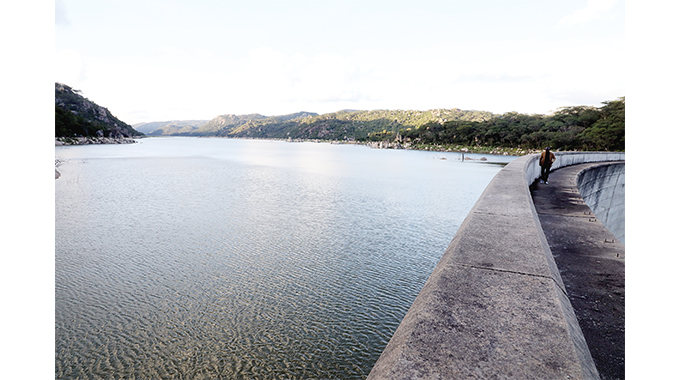
Mashudu Netsianda, Senior Reporter
GOVERNMENT under the Second Republic led by President Mnangagwa has made great strides in addressing Bulawayo’s prevailing water woes as evidenced by huge amounts of money being channelled towards various water projects.
Bulawayo relies on six supply dams in the Umzingwane catchment which in successive drought years have not received significant inflows, although the situation has dramatically changed this year following good rains.
One of the major projects undertaken by Government to augment critical water supplies in the city of Bulawayo is the expansion of the Mtshabezi pipeline.
The pipeline, considered to be part of the medium-term solutions to the water problems in Bulawayo, draws water from Mtshabezi Dam to Bulawayo.
The 42km pipe link connects Mtshabezi Dam and Umzingwane, which is one of Bulawayo’s supply dams. Mtshabezi Dam’s capacity is 56 million cubic metres of water which can go a long way in augmenting Bulawayo’s water supplies.
At the moment the pipeline is delivering a daily average of 16 megalitres (ML).
Bulawayo has since 2019 grappled with probably its worst water shortage in history, largely due to the effects of climate change and depleting water levels at the city’s supply dams located in drier Matabeleland South Province.
Government last year announced that it would increase the supply of raw water to Bulawayo by pumping more water from Mtshabezi, Insiza, Inyakuni dams as well as Epping Forest and Rochester aquifers.
In an interview, Zimbabwe National Water Authority (Zinwa) spokesperson Mrs Marjorie Munyonga said efforts are underway to address the water challenges in Bulawayo.
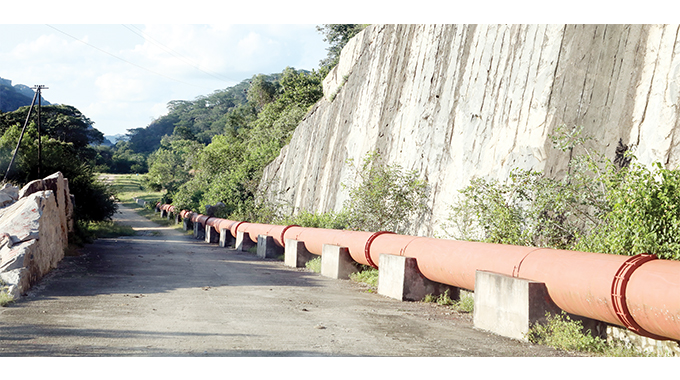
“The Mtshabezi pipeline, together with the Epping Forest and Nyamandlovu (Rochester) schemes, all designed and engineered by Zinwa as the Government’s water resources management lead agency, represent major interventions implemented to alleviate the water situation in Bulawayo,” she said.
“From these three interventions, Zinwa is therefore supplying a daily average of 36 ML of water per day to Bulawayo with Epping Forest and Nyamandlovu each contributing a daily average of 10 megalitres each.”
Mrs Munyonga said the Gwayi-Shangani to Bulawayo Pipeline Project which is set to begin following the allocation of $535 million in the 2021 national budget, is another massive project being undertaken by the Government to alleviate water challenges.
President Mnangagwa is on Thursday set to officiate at the groundbreaking ceremony of the Gwayi-Shangani pipeline as well as commission the Epping Forest boreholes in Nyamandlovu.
Meanwhile, Bulawayo mayor Councillor Solomon Mguni said water from Ncema Water Treatment Plant to Tuli Reservoir is averaging 35ML per day with the coming on-line of the Epping Forest combined with output from the Rochester scheme in Nyamandlovu, expected to supply additional ground water of about 15ML per day.
“From the above sources, the aggregated water supply into the city is now averaging 135ML against the city’s average consumption of 120MLper day, which is adequate to start refilling the city’s distribution reservoirs and be able to fully charge the water reticulation system,” he said.
Clr Mguni said the additional pumping through the Flowserve pumps is expected to increase the treatment capacity from 92ML/ day to 145 ML/ day.
“This will assist in building the raw water reservoir and ensure its gradual restoration to the water supply system. The city had thus proposed a formal 144-hour water shedding programme which will be gradually normalised to ensure water is provided twice a week,” he said.
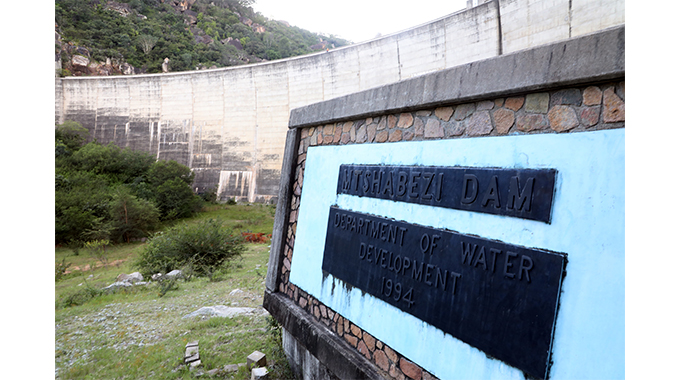
Clr Mguni said mid-March council will start implementing a 48-hour weekly water shedding exercise, which should eventually lead to the suspension of the whole programme.
He said council is also aware that Zinwa has completed the Epping Forest project which is now delivering an additional 10 megalitres of water to the city daily.
“The City of Bulawayo also notes the following immediate actions to ensure continuous water supply; implementation of the Inyankuni Booster Station increasing output from 18ML/day to 41ML/day at a cost of US$0,4 million and increasing of Mtshabezi abstraction from 15ML/day to 36ML/day at a cost of US$2,3 million,” Cllr said Mguni.
The projects are being done by Zinwa after Treasury last year released $205 million for Bulawayo’s water augmentation scheme to address the city’s water crisis.
The funds were released after President Mnangagwa directed that the Bulawayo water crisis be attended to as matter of urgency.
The worsening water crisis has seen residents in some suburbs going for eight months without running water.

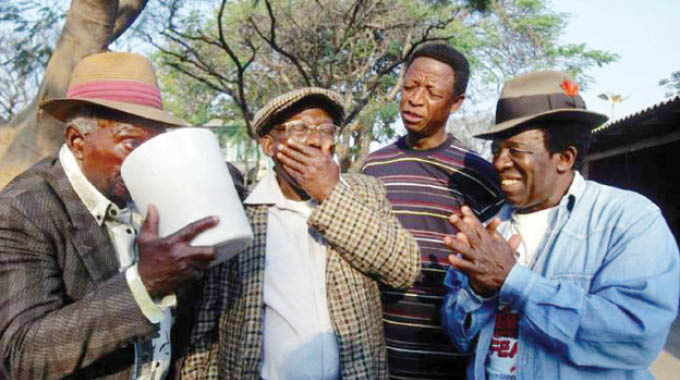
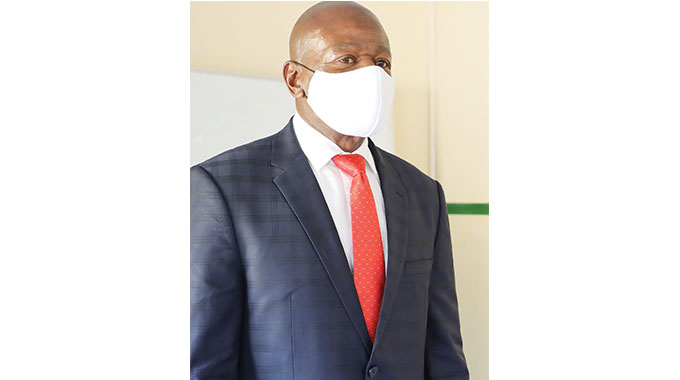
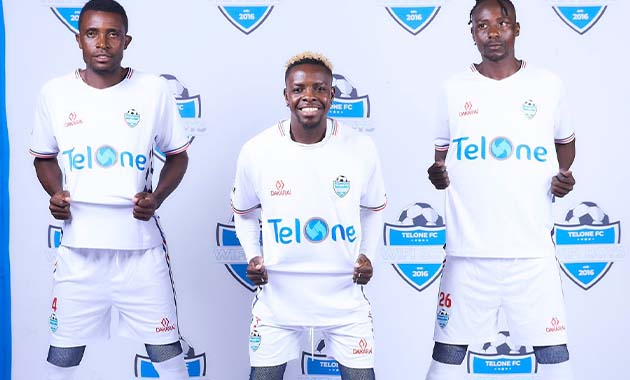
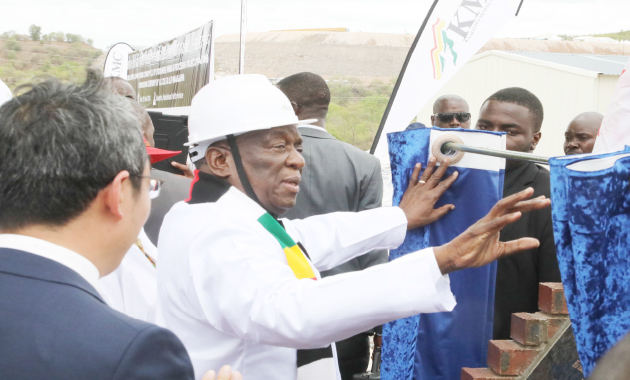
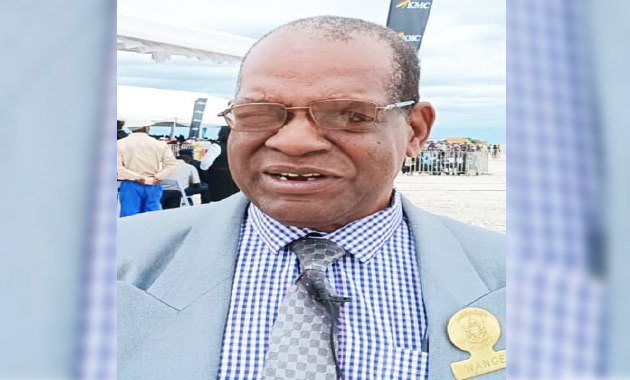






Comments